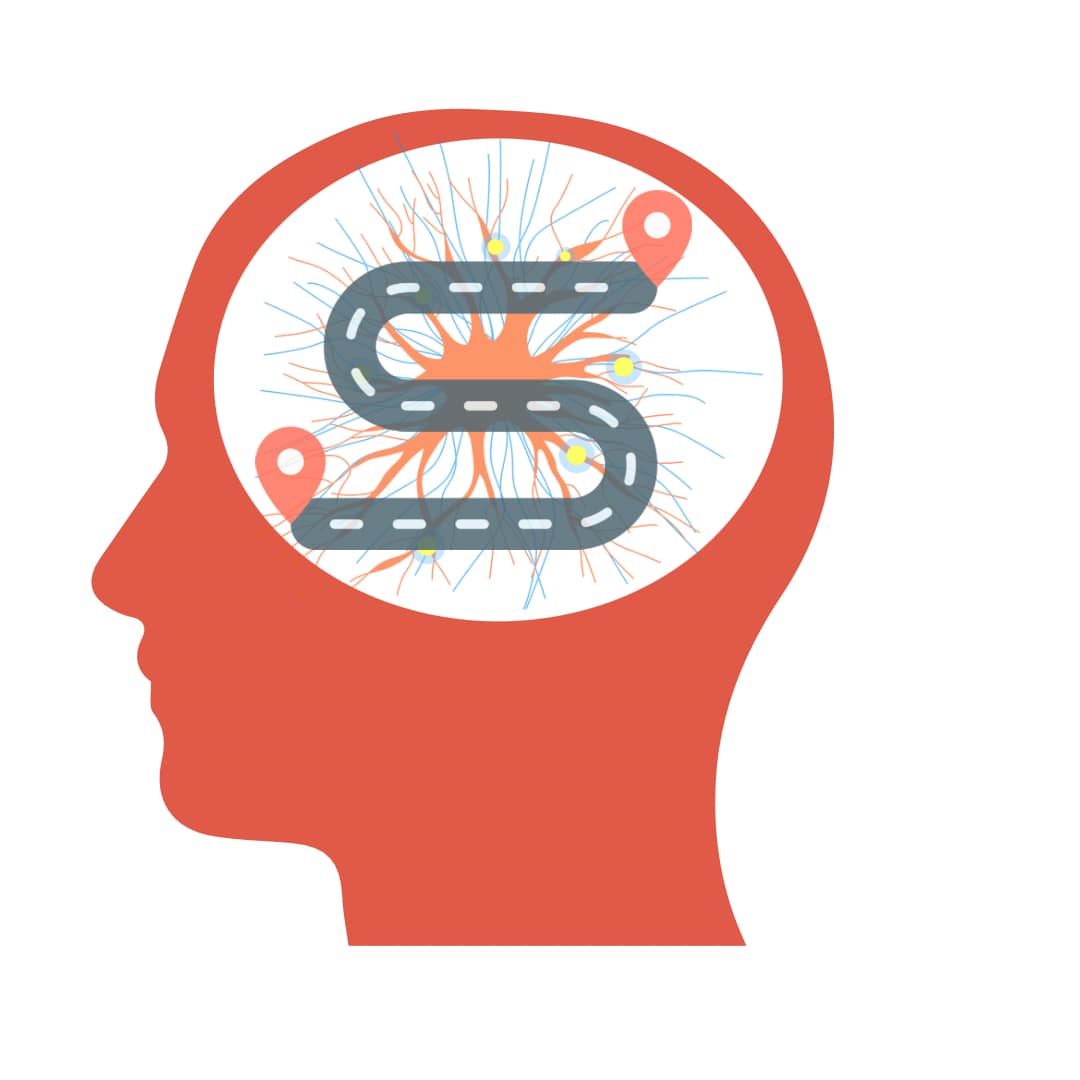What is Schema Therapy? Rewiring Your Emotional GPS

Just like a GPS guides your journey, schemas are deep-rooted emotional maps formed in childhood that influence how you navigate relationships, emotions, and decisions. If your GPS is programmed with faulty routes—like believing you’re unlovable, destined to fail, or that people will always leave—you’ll keep ending up in the same frustrating emotional places, no matter how hard you try to change.
Schema Therapy helps you reprogram that GPS by identifying outdated maps, understanding where they came from, and replacing them with healthier, more accurate directions. Over time, you learn to navigate life with confidence, making better choices that lead to emotional freedom rather than repeating old, painful patterns.
Dr. Jeffrey Young created Schema Therapy to help people break deep emotional patterns rooted in childhood. He realized CBT wasn’t enough for struggles like low self-worth and fear of abandonment, so he blended different therapy approaches to heal core emotional wounds. His techniques help people change the way they think and feel about themselves. His book Reinventing Your Life made Schema Therapy a go-to for treating relationship issues, anxiety, and personality disorders.
Understanding Schemas: The Emotional Blueprints of Life
Schemas are deep-seated patterns or beliefs that we develop in childhood and carry into adulthood. They are like emotional blueprints that shape how we perceive ourselves, others, and the world.
For example, if someone grows up feeling abandoned or rejected, they may develop a "Defectiveness" schema, believing deep down that they are unworthy of love. This can lead to patterns of self-sabotage, unhealthy relationships, and chronic self-doubt.
Schemas are typically formed through early life experiences, such as:
✔️ Emotional neglect (e.g., growing up without emotional validation or support)
✔️ Excessive criticism or unrealistic expectations from caregivers
✔️ Trauma, bullying, or abuse
✔️ Overprotective or controlling parenting
These schemas become ingrained core beliefs that influence emotions, behaviors, and relationships well into adulthood.
The 18 Maladaptive (unhelpful) Schemas Dr. Young identified 18 maladaptive schemas that fall into five broad categories. Here are a few common examples:
-
Disconnection and Rejection: Feeling unworthy, unloved, or disconnected)
-
Abandonment – Fear of being left or rejected by loved ones
-
Defectiveness/Shame – Feeling fundamentally flawed or unlovable
-
Social Isolation – Belief that one doesn’t belong or fit in
-
Impaired Autonomy & Performance: (Feeling incapable or dependent on others)
-
Failure– Belief that one will inevitably fail in life
-
Dependence/Incompetence – Feeling helpless or unable to make independent decisions
-
Impaired Limits: (Difficulty with self-control or respecting boundaries)
-
Entitlement/Grandiosity – Feeling superior or above rules
-
Insufficient Self-Control – Struggling with impulsivity or lack of discipline
-
Other-Directedness (Prioritizing others’ needs over one’s own to gain approval)
-
Subjugation – Feeling pressured to comply with others’ demands to avoid rejection
-
Approval-Seeking – Constantly seeking validation from others
-
Over-Vigilance & Inhibition (Suppressing emotions or striving for perfection to avoid failure)
-
Unrelenting Standards – Perfectionism and feeling never “good enough”
-
Negativity/Pessimism – Always expecting the worst, struggling to feel joy
How Schema Therapy Works Schema Therapy helps individuals identify their schemas, understand where they come from, and change unhelpful patterns. The therapy uses four main techniques:
-
Cognitive Techniques (Updating Maps) Clients learn to challenge deep-rooted beliefs that fuel their schemas. For example, if someone has a “Failure” schema, they work on replacing thoughts like “I’ll never succeed” with “I have the ability to learn and grow.”
-
Experiential Techniques (Emotional Repair work) Through guided imagery or chair work, clients reconnect with their inner child, expressing and validating their past emotional pain to heal deeply rooted wounds.
-
Behavioral Pattern-Breaking (Taking New Roads) Clients identify self-defeating behaviors caused by schemas and practice new, healthier responses in real-life situations.
-
The Therapeutic Relationship (Rewiring with Support) The therapist acts as a corrective emotional figure, offering “limited reparenting” by providing support, guidance, and emotional validation that may have been missing in childhood.
Who Can Benefit from Schema Therapy?
Schema Therapy is particularly effective for individuals who:
✅ Have chronic relationship difficulties (e.g., fear of abandonment, toxic patterns)
✅ Experience deep emotional wounds that haven’t healed with traditional CBT
✅ Struggle with personality disorders, such as Borderline Personality Disorder (BPD)
✅ Feel stuck in unhealthy cycles of self-sabotage, shame, or anxiety
✅ Want to understand their childhood experiences and how they shape their present
Final Thoughts: Healing Starts with Awareness
Schema Therapy offers a powerful healing path for breaking lifelong patterns and developing healthier ways of thinking, feeling, and relating to others. By uncovering the root causes of emotional struggles, individuals can learn to rewrite their inner narrative, develop self-compassion, and build more fulfilling relationships.
If you resonate with the concept of schemas, it may be worth exploring Schema Therapy with a trained therapist.
Your past may shape you, but it doesn’t have to define you. You have the power to choose a new destination on your healing path. 💙
© 2025 Heather Marie. All rights reserved.
